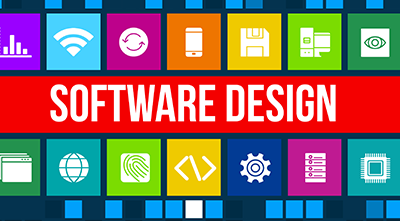What is Software Design?
Software design is part of the software development process where the overall structure and flow of the software is decided.

Software design is nothing more nor less than another name for software development. It has become completely interchangeable with software development, and applies to all aspects of the process. At its heart, software design is really just coming up with software-based solutions to a specific problem or problems. However, there are a few specific considerations involved here.
What’s Involved with Software Design?
While software design does apply to the entire process of creating software from beginning to end, there are a few areas of special focus that should be understood, as these are critical to successfully designing the piece of software in question.
The Need(s)
Perhaps the most important element to software design is that the designer needs to have a very firm understanding of the need or problem that is being addressed. What, specifically, does the software need to do? What’s the overall goal for the software? What initiatives does the software support for the customer? For instance, if a retailer was developing a mobile app that would connect them with their customers directly, some of the needs and problems that the app would need to address might include:
- Delivery of information to the app user – This could be something like coupons or special deals.
- Access to geophysical location – This could give the retailer the ability to send geographically-triggered deals, savings and discounts.
- Access to text messages – This would enable a different means of delivering information to the user.
- Access to customer service – This might connect the customer to a company representative to answer questions.
These are just basic examples, but you can clearly see that defining the needs is the first step in the software design process. Once those needs have been defined, the actual software design steps start.
The Design Process
While the previous step is crucial to software design, there is no actual designing involved. That starts with the next step, which would be wire framing. Here, designers create rough workouts that outline how the software works and functions. This can be done longhand with a whiteboard, or it could be done electronically.
During this process, the designer determines not only how the software will look, but how it will operate. This includes things like screen loading, drop down menu function, text rendering, graphics rendering and a great deal more.
Once the wire framing is complete and the development team and customer are on the same page as far as functionality and style are concerned, the actual design process will start. This is when the designer will begin coding the actual software or app and “building” the final product.
When the design process ends, the development cycle is not yet over. The software or app must still be tested and refined before being released to the customer or to end users. There should be at least one testing phase, but two (alpha and beta) are better to ensure that as many bugs are caught early and all required functionality is present.